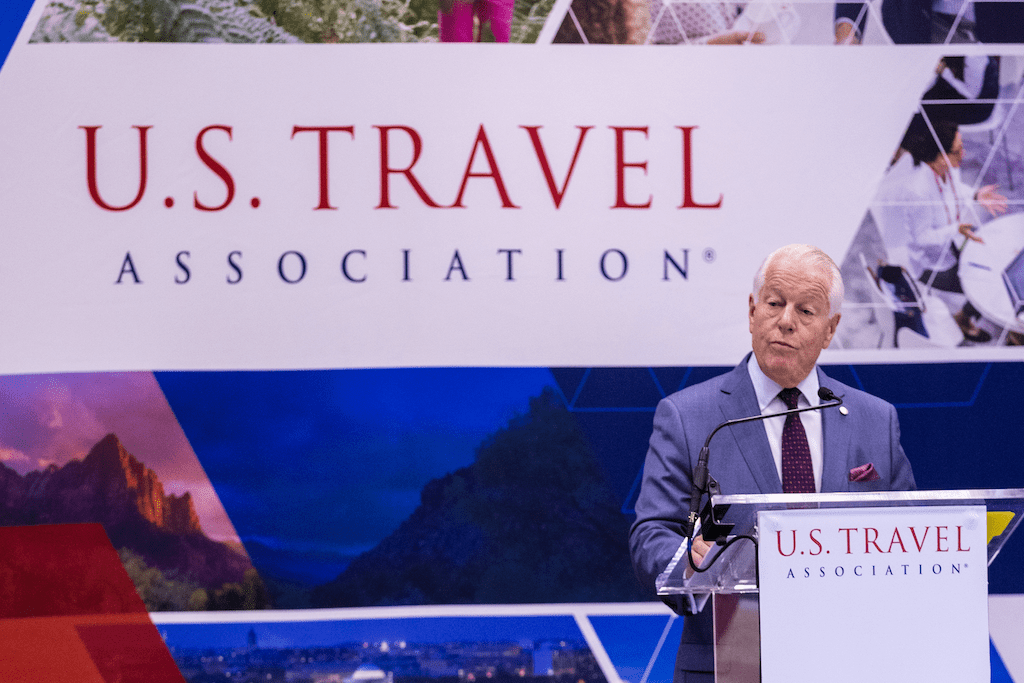Selling U.S. Tourism in Trump Era Leaves Industry Grasping for Fixes

Skift Take
During the past couple of years, American government policies have been smearing the welcome mat that the U.S. travel industry tries to roll out for international tourists. As one U.S. Travel official noted this week: "Travel will go where it's easiest to go." And these days coming to America is not easy.
Let’s face it. Brand USA and U.S. Travel had a daunting task this week at the 2019 edition of IPW, the annual travel gathering held in Anaheim, California. Leaders of both associations had to convince the international buyers and journalists attending the trade show designed to “bring the world to America” that the country is welcoming, despite looming trade wars, travel bans, and onerous visa regulations.
That’s why it’s no surprise that many of the press conferences held by national and state officials were filled with non-answer answers to questions about any controversial government policy.
For example, Christopher Thompson, president and CEO of Brand USA, the organization charged with marketing the country as a travel destination, tried to downplay the new policy requiring nearly all visa applicants to provide details of their social media history. “Providing security is our highest priority,” he said. “The new requirements for visas have already been in place for visa waiver country, so the policy is already in existence, just expanded.” Wel
